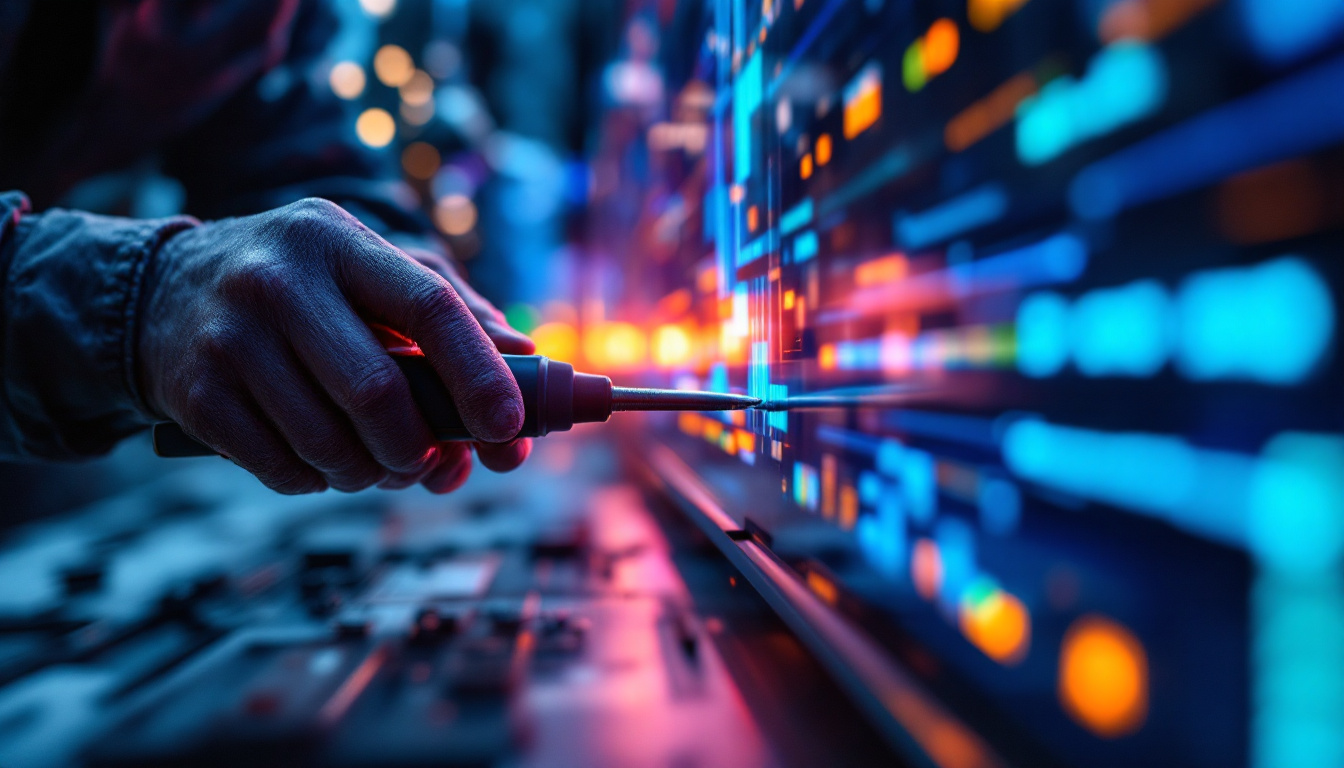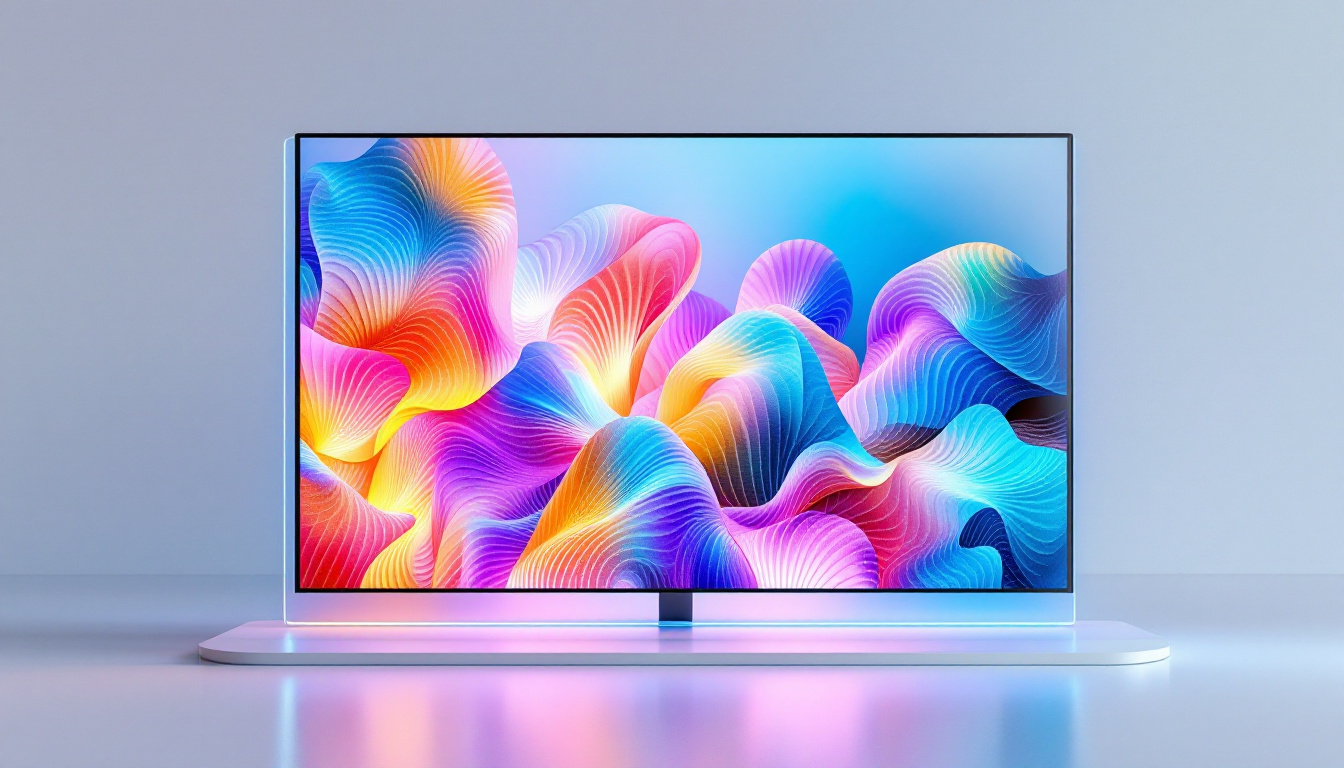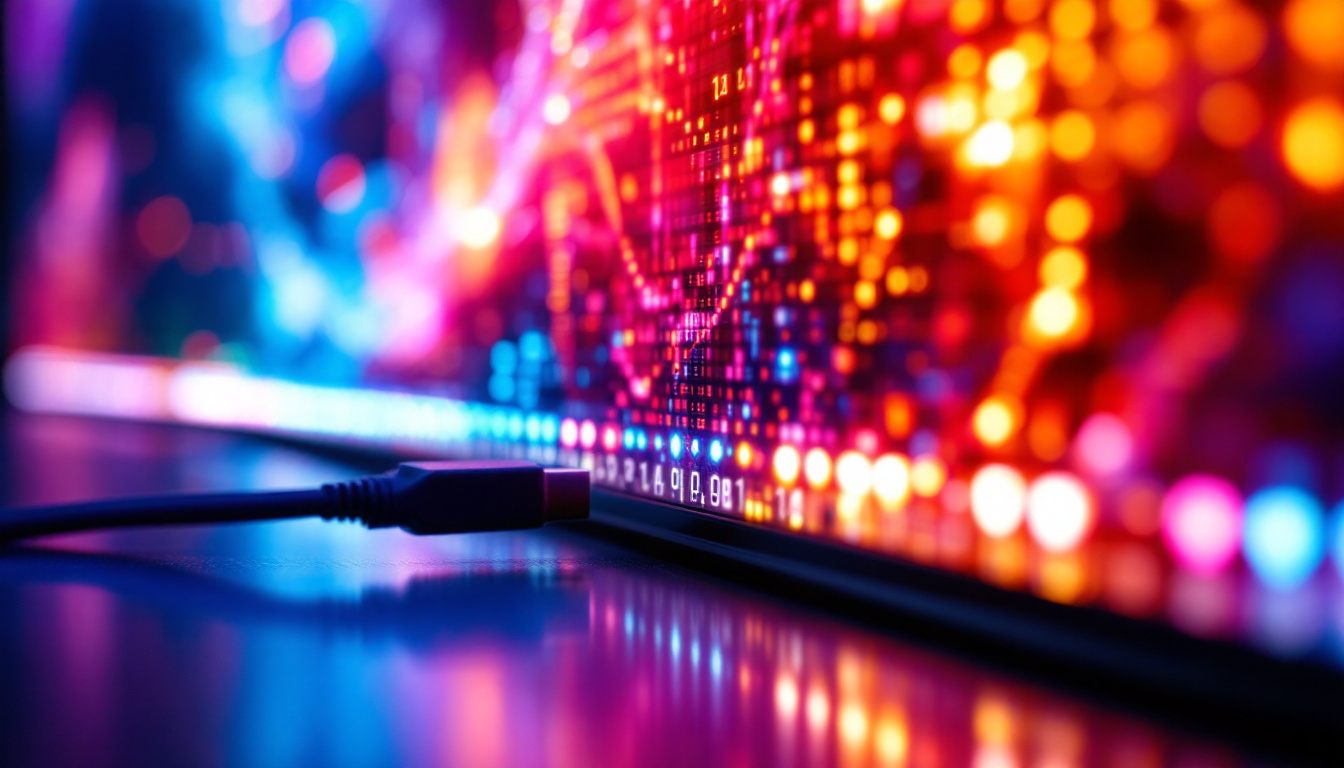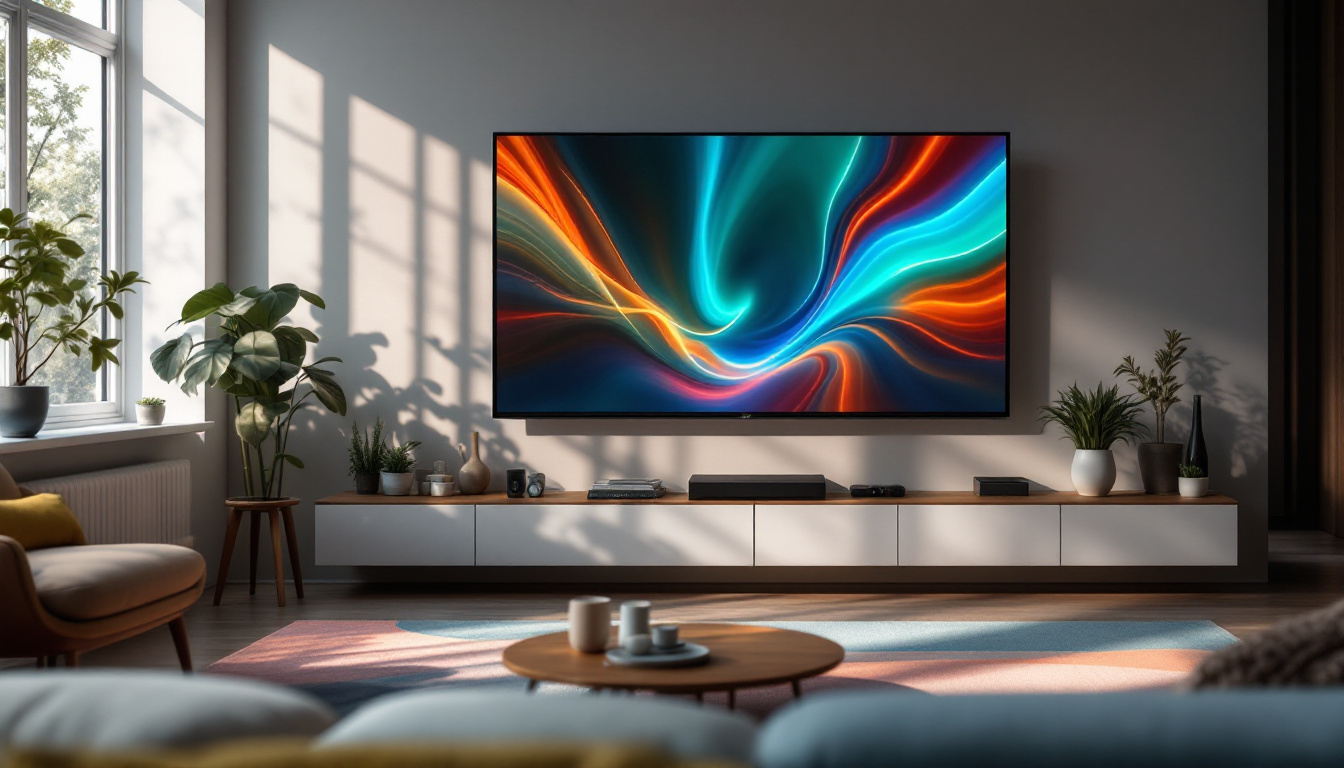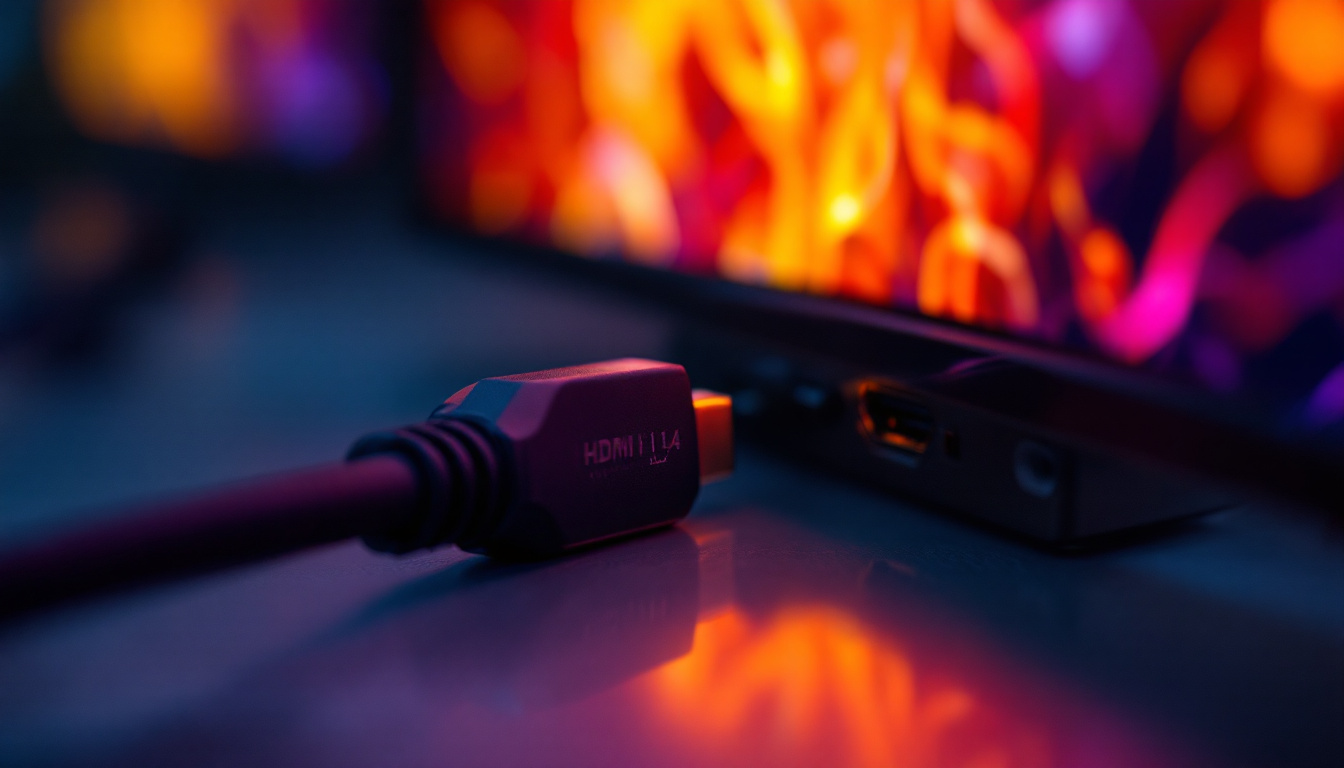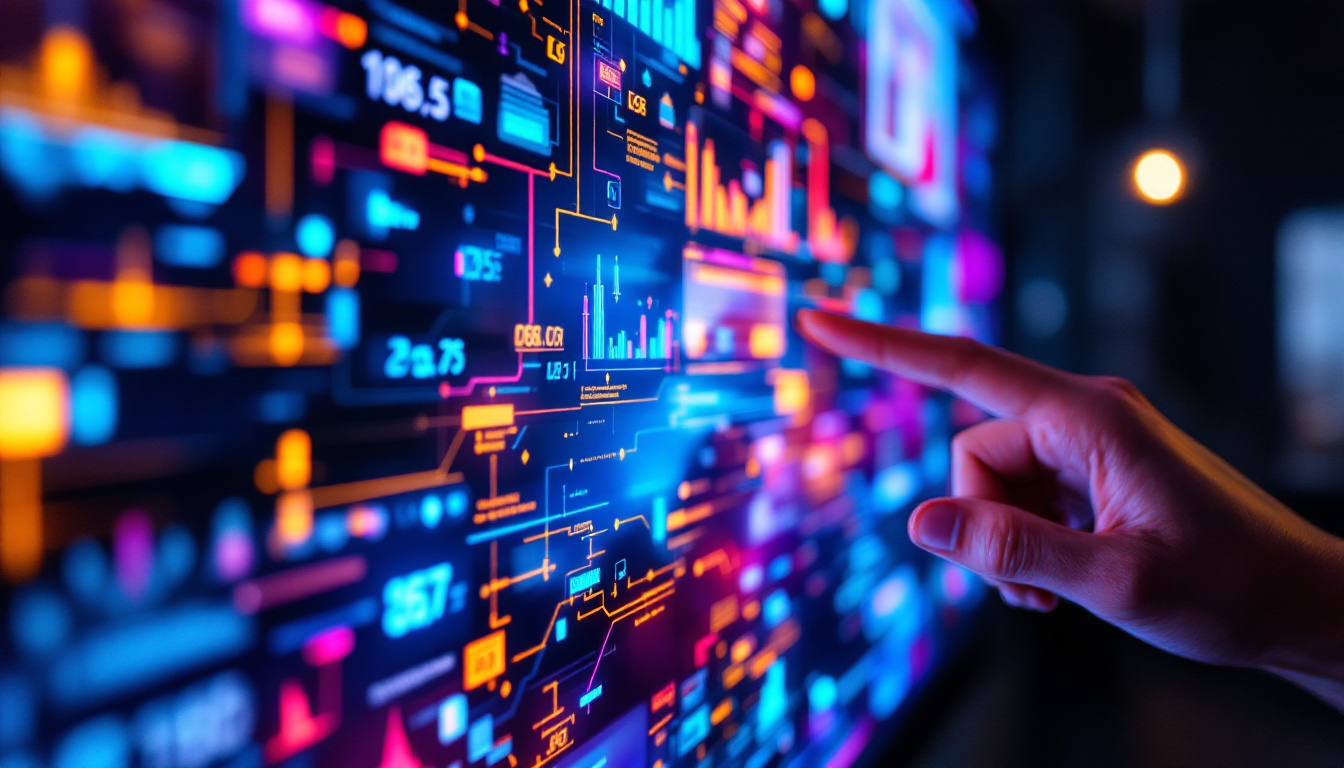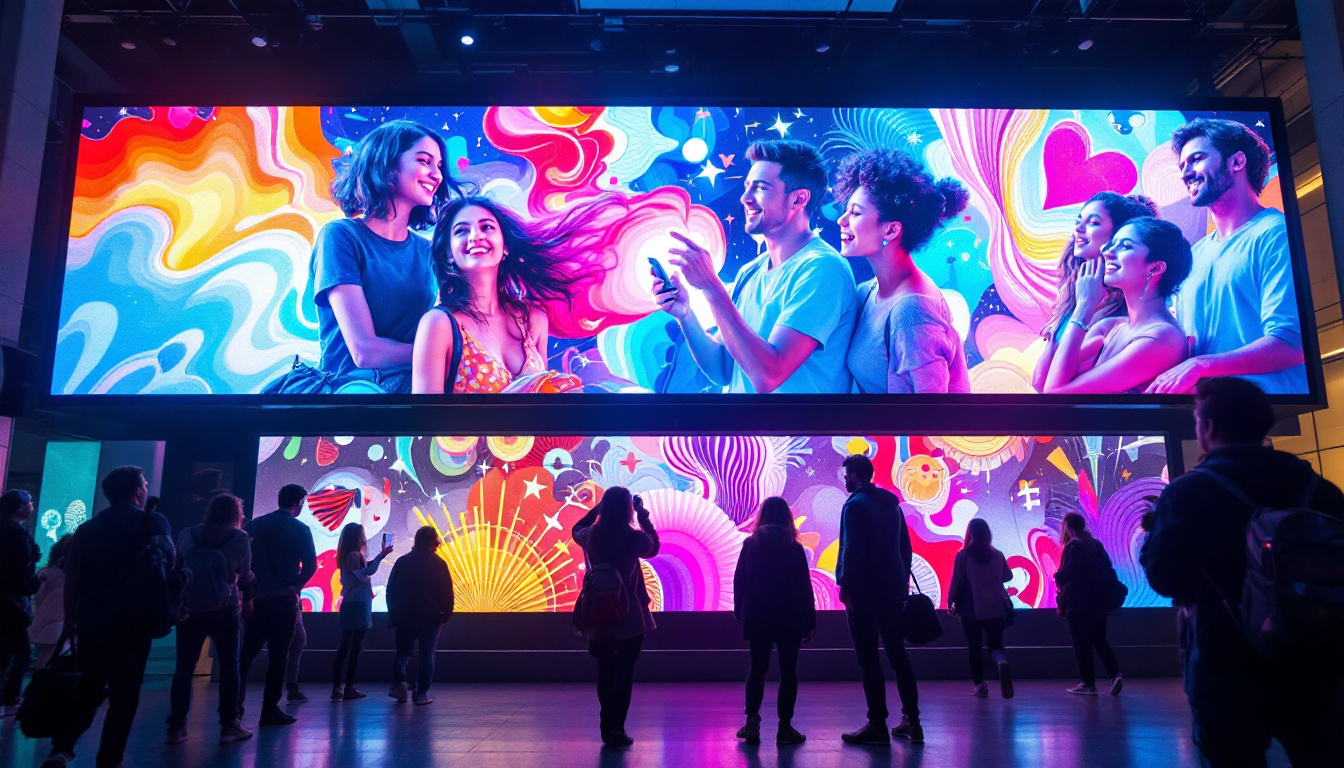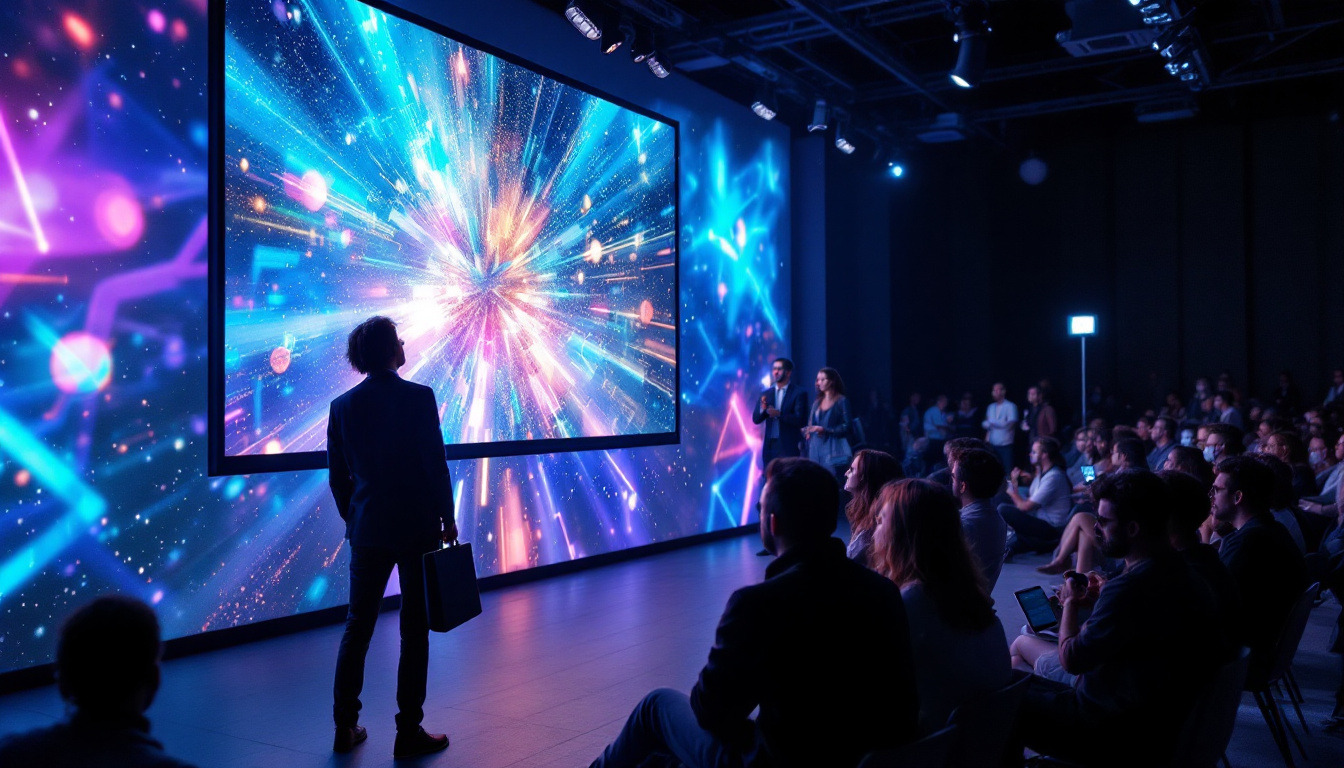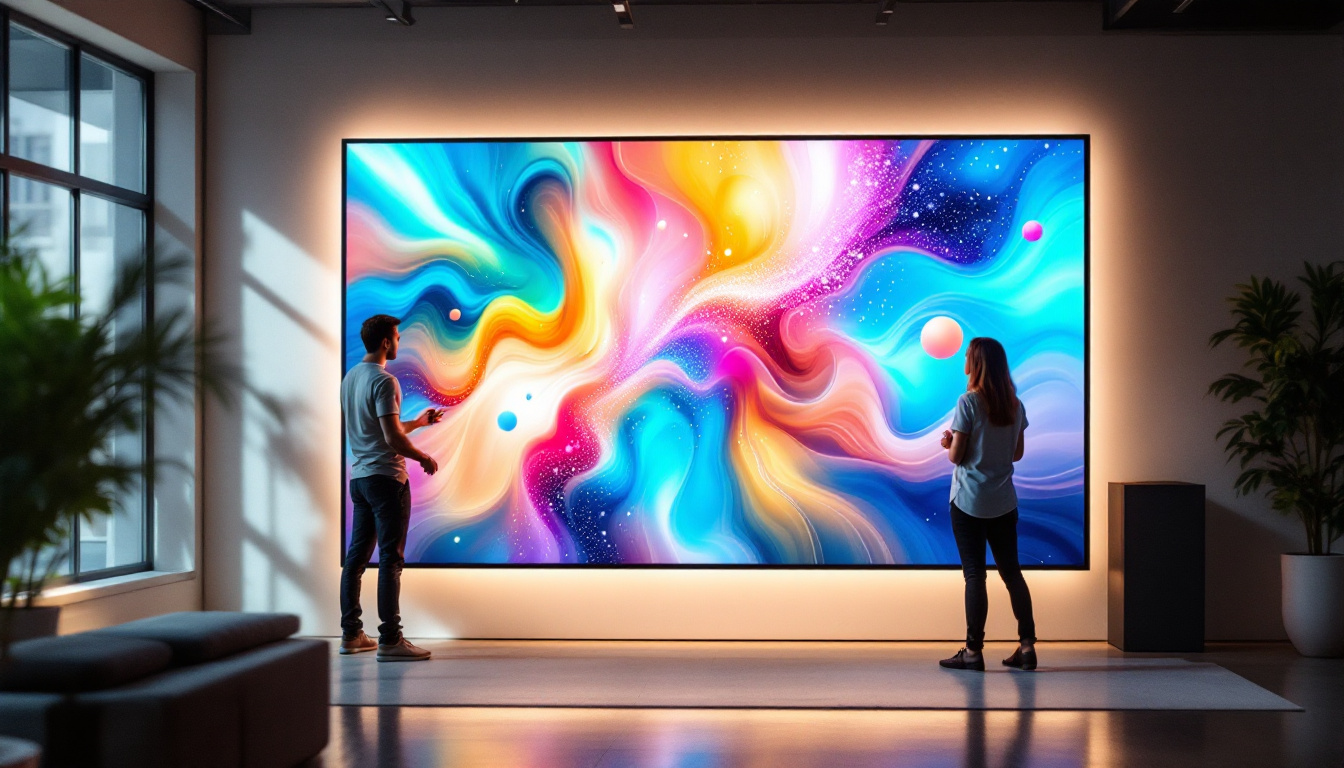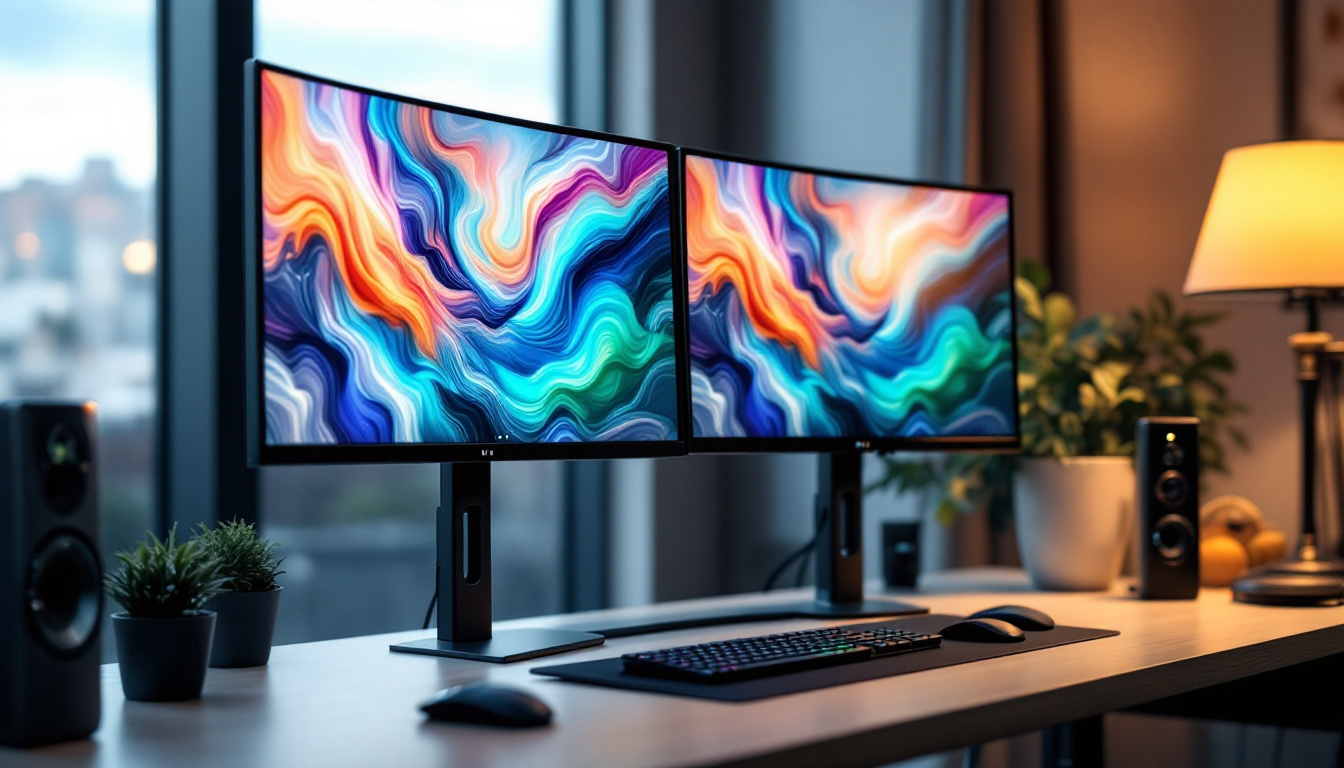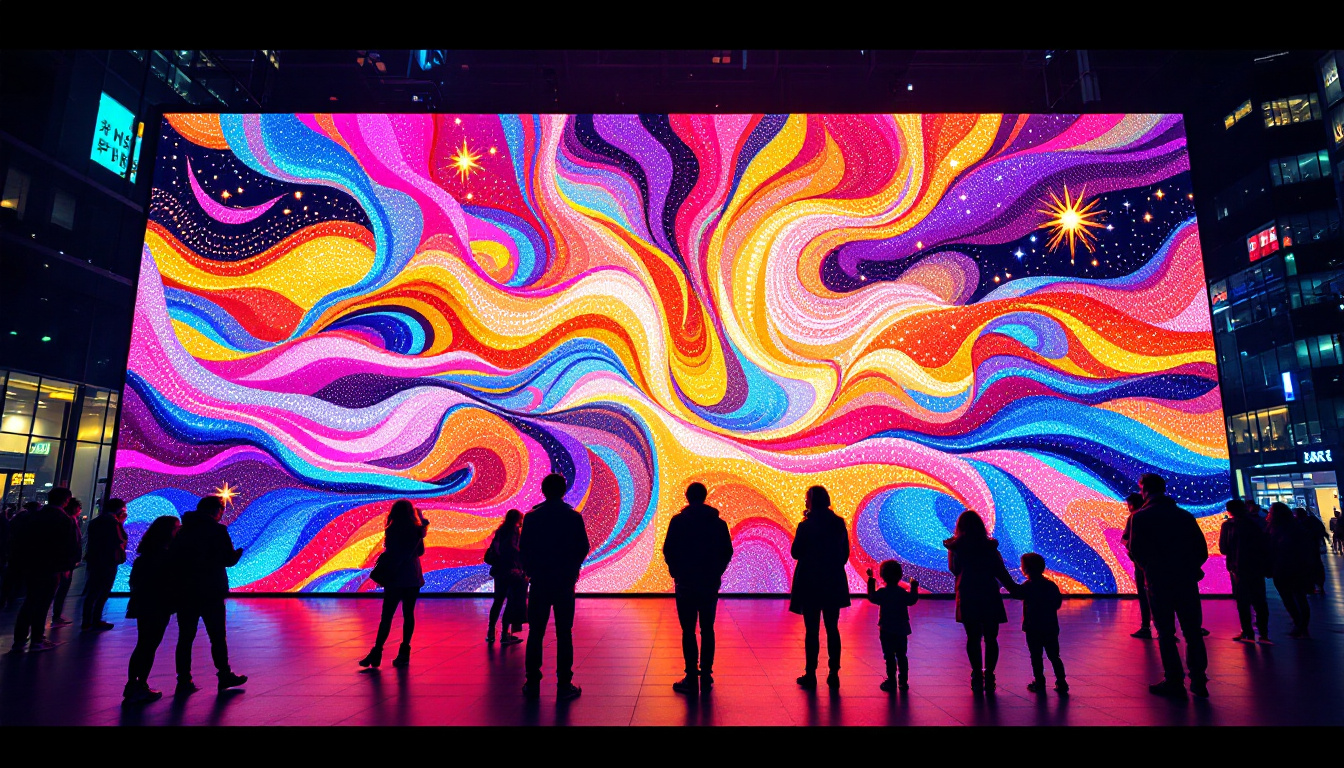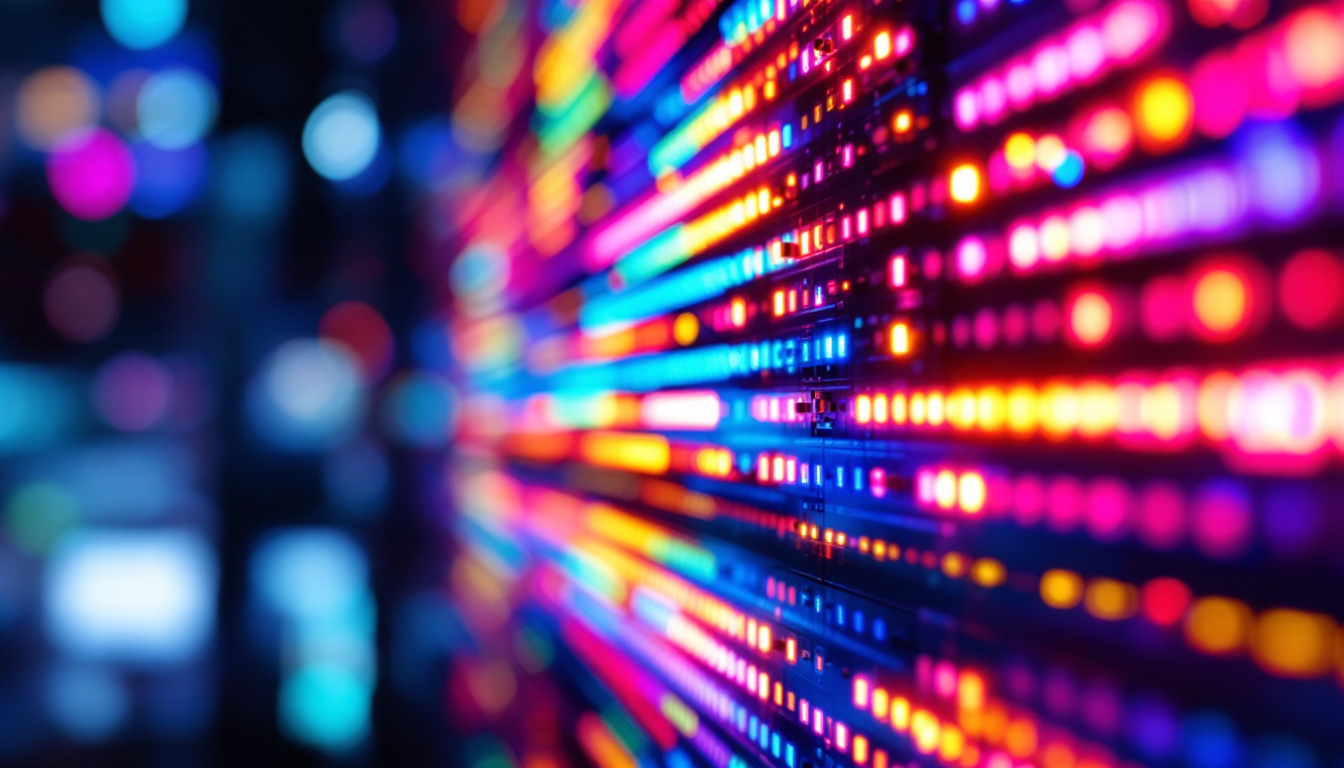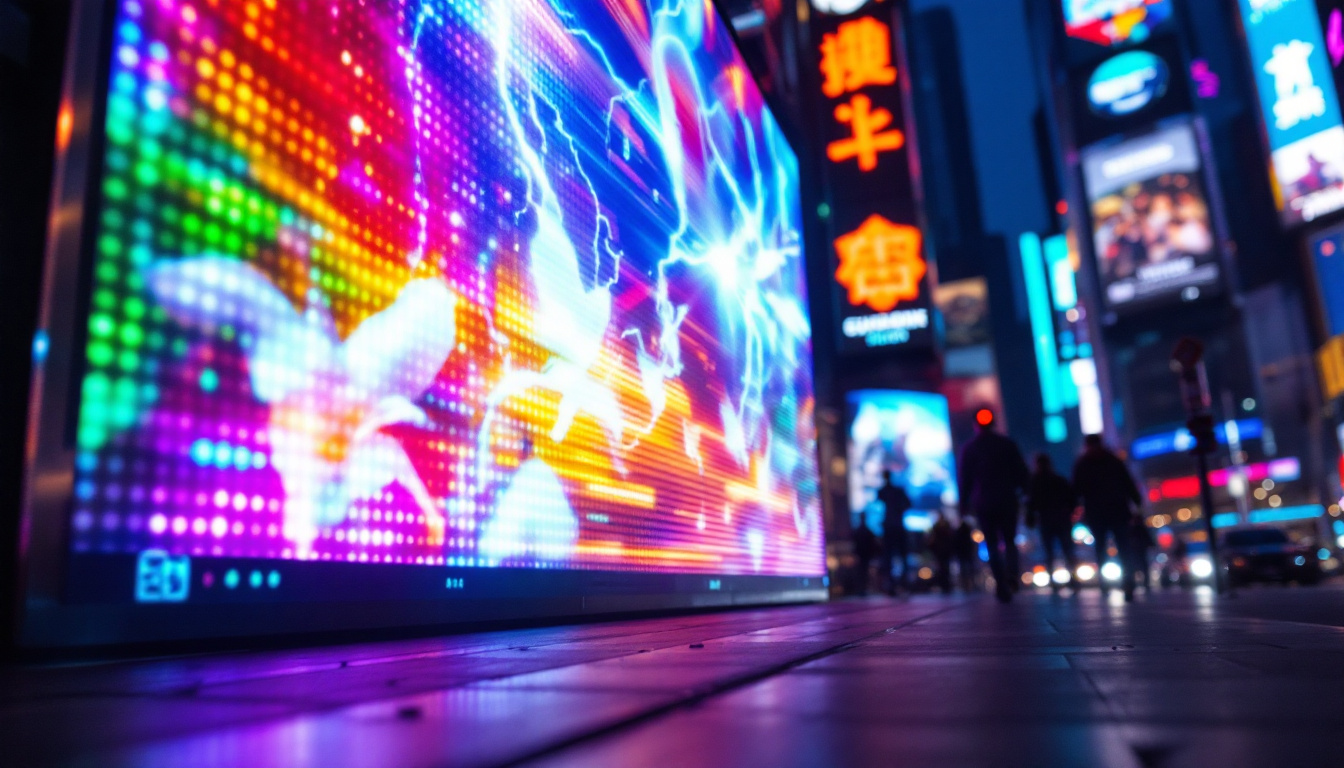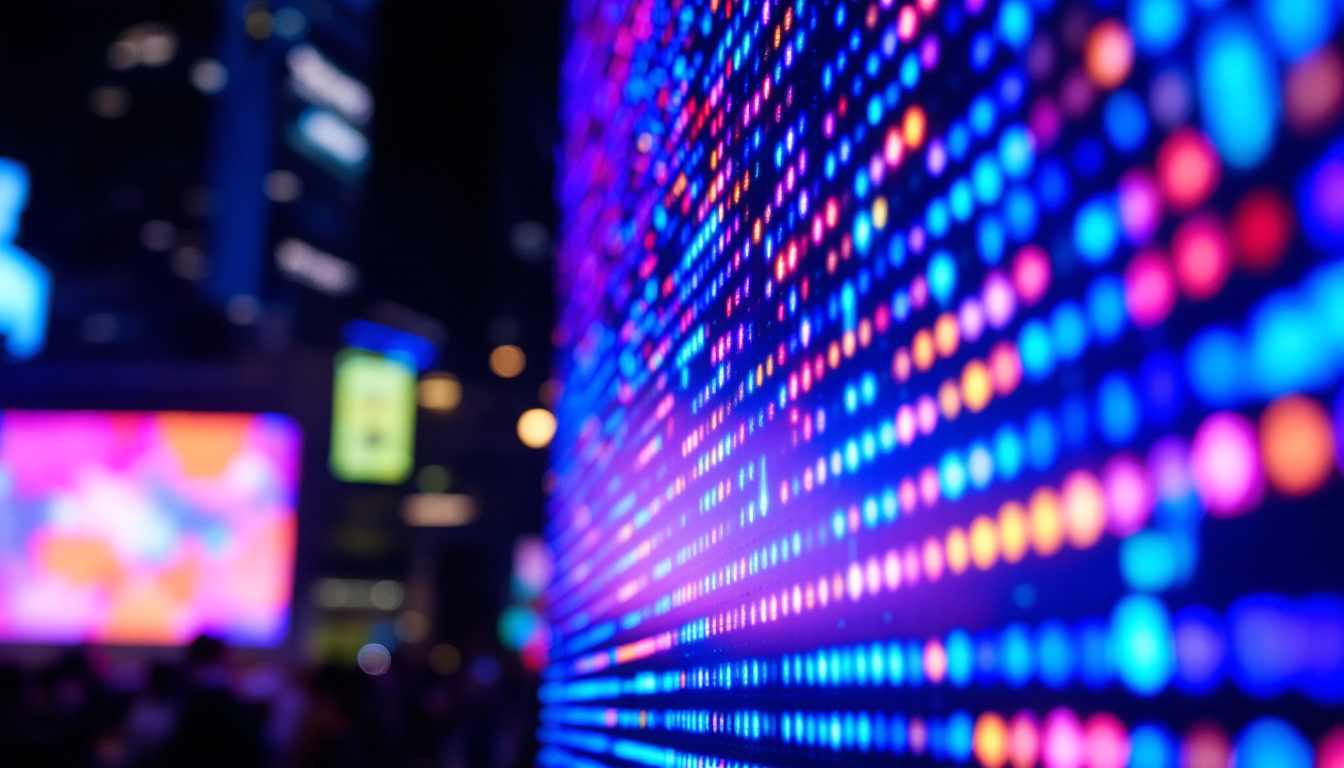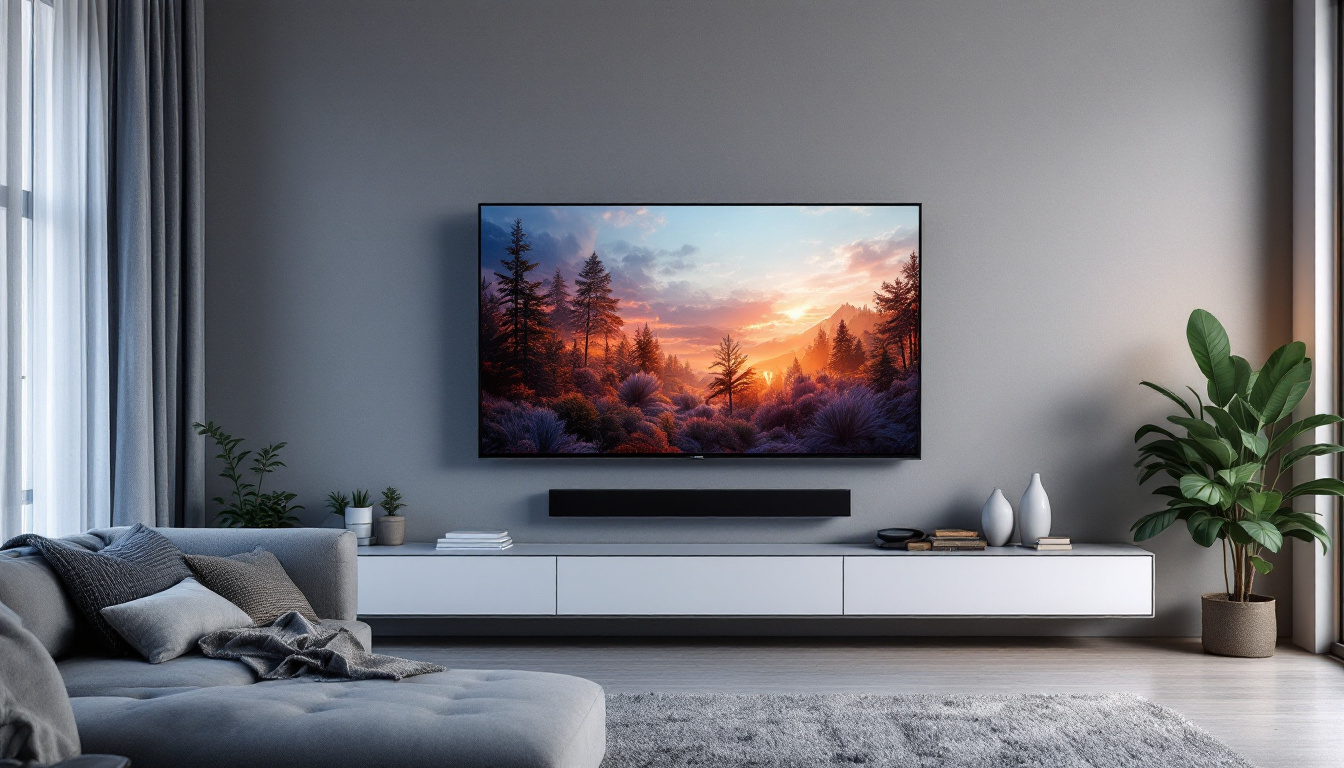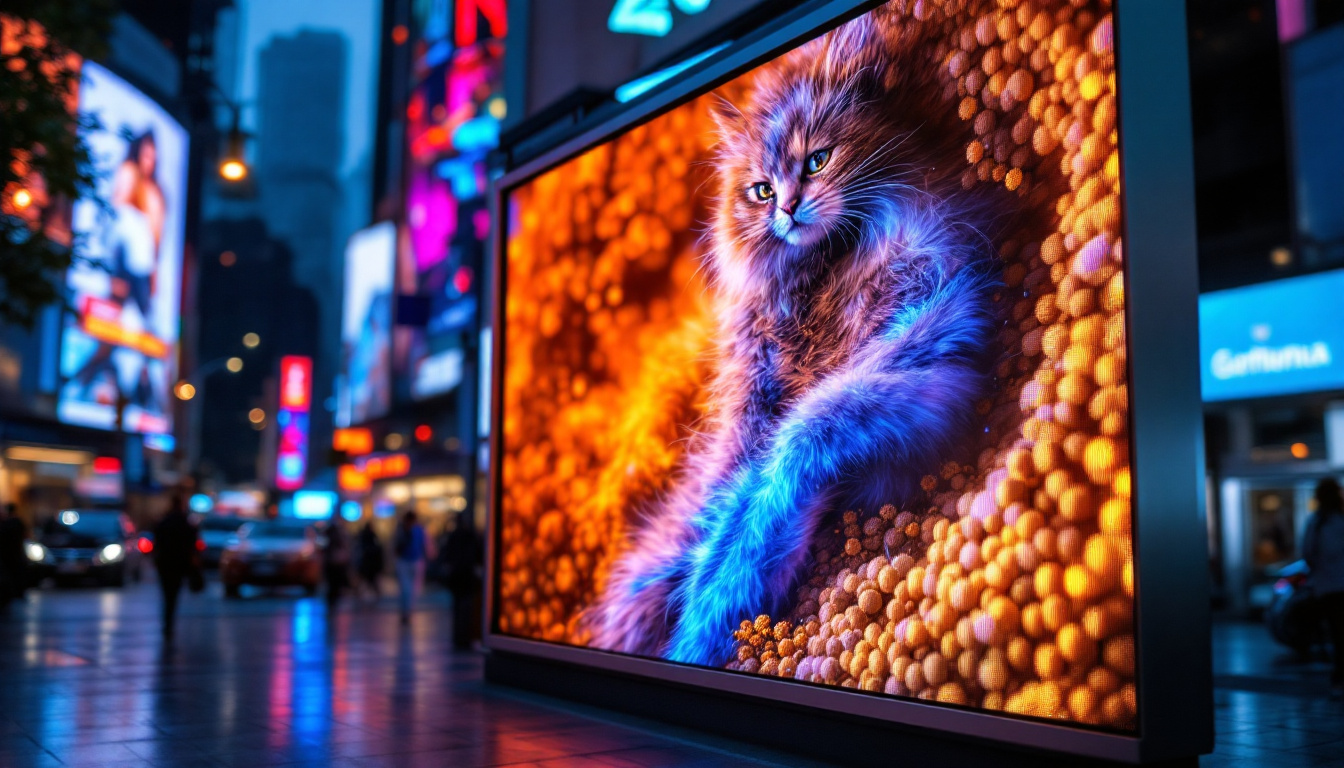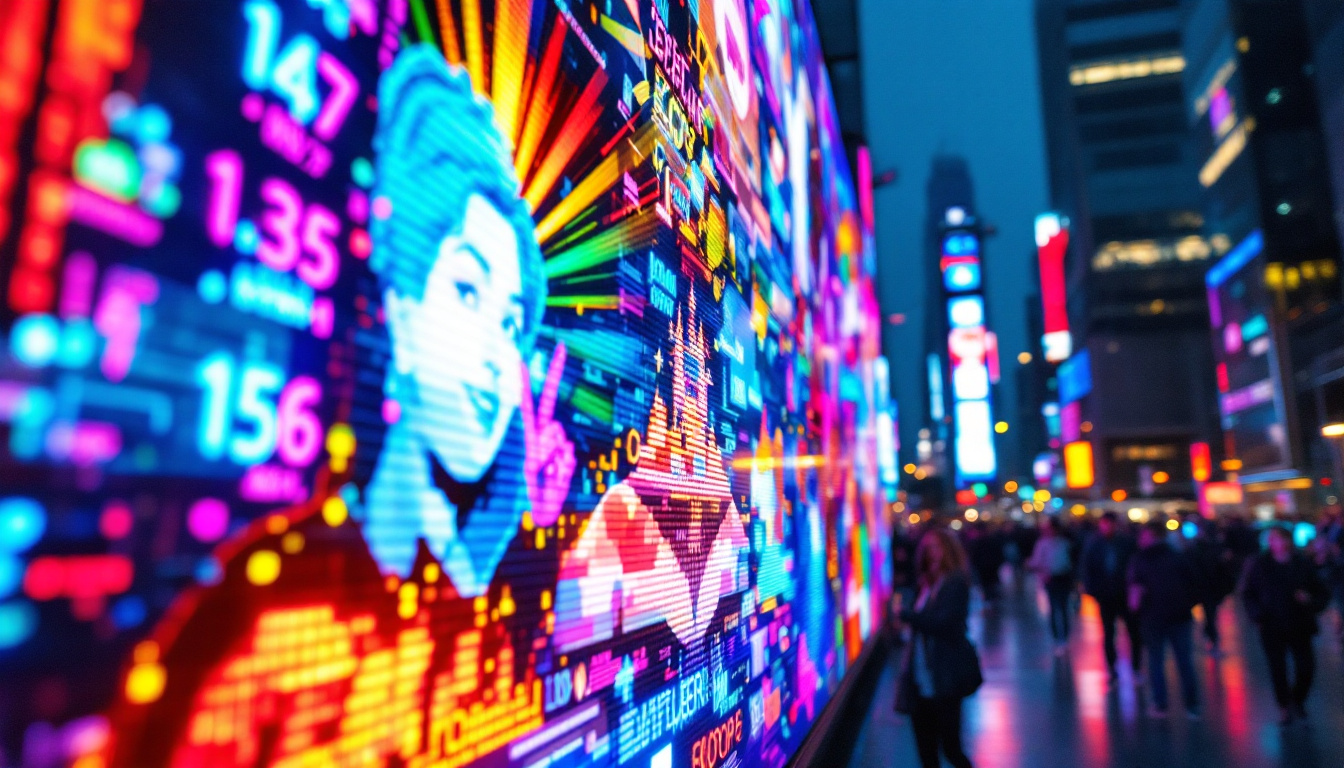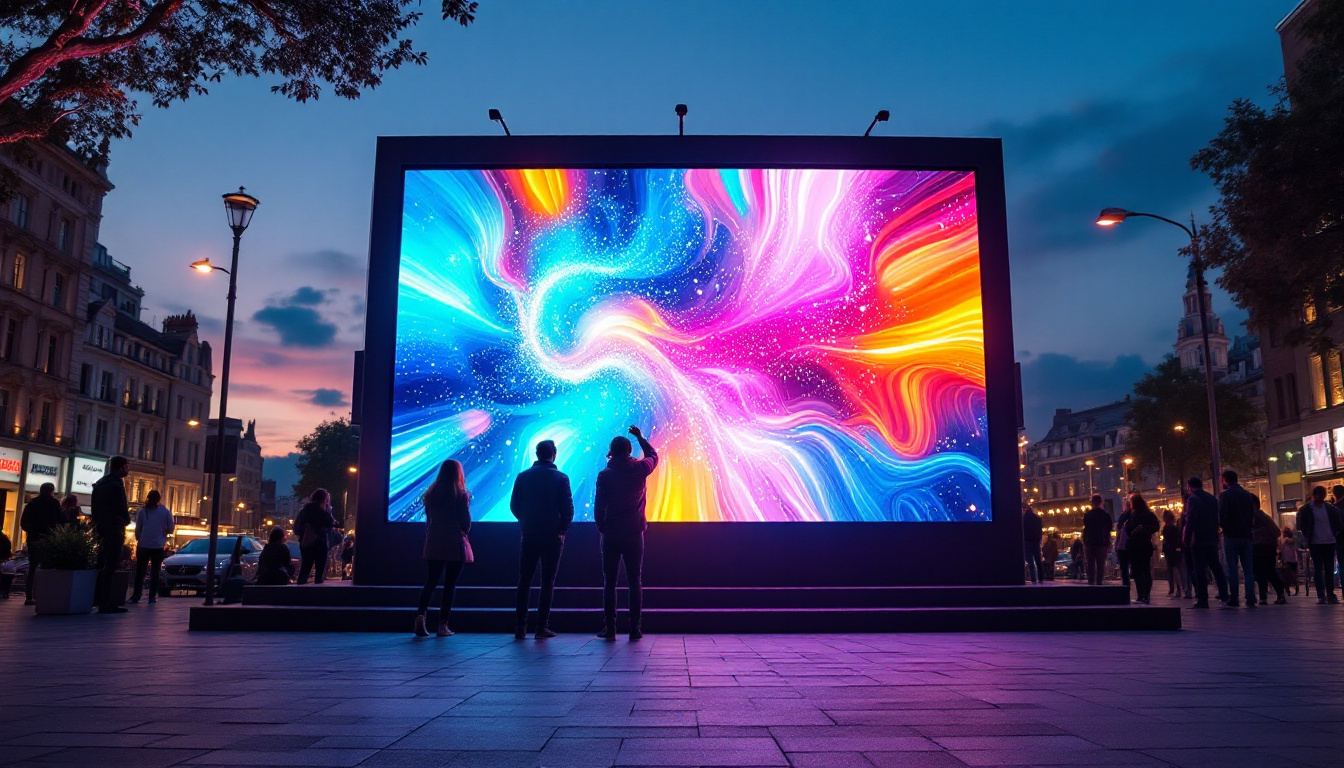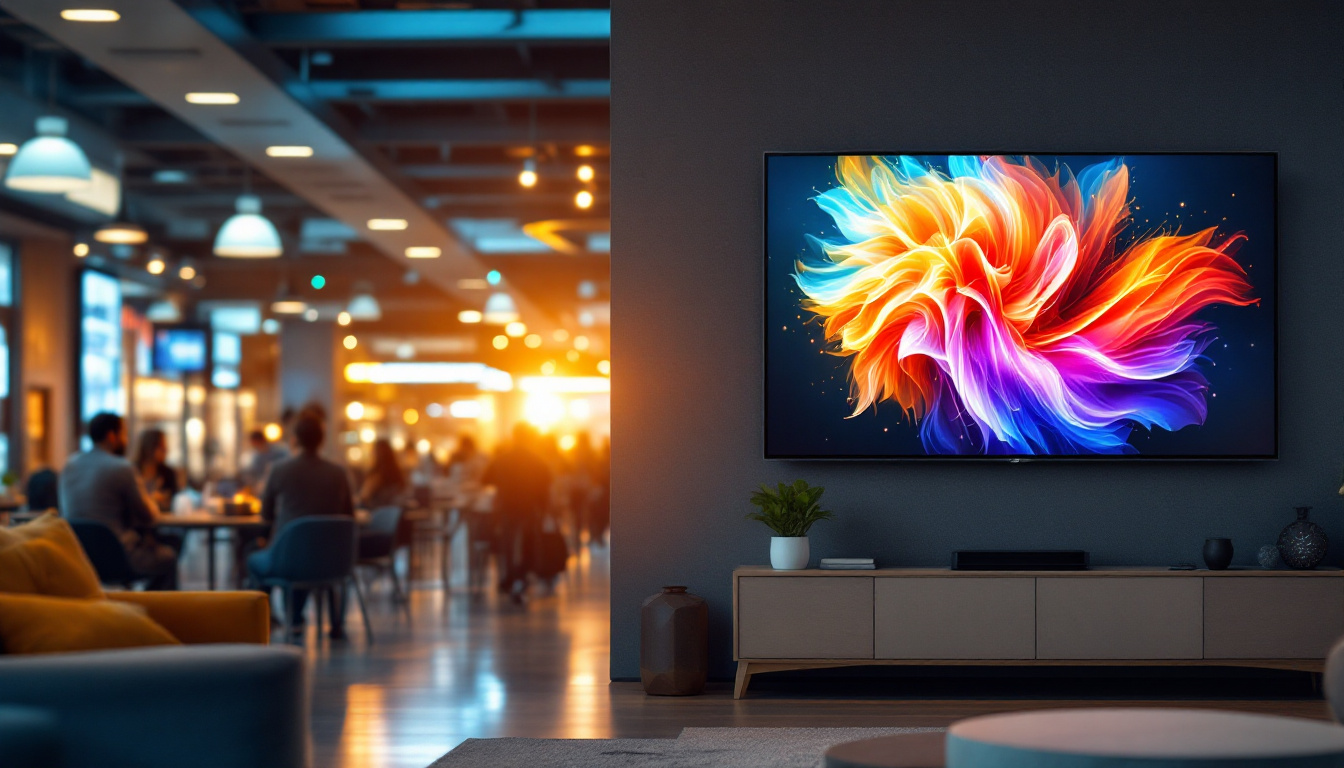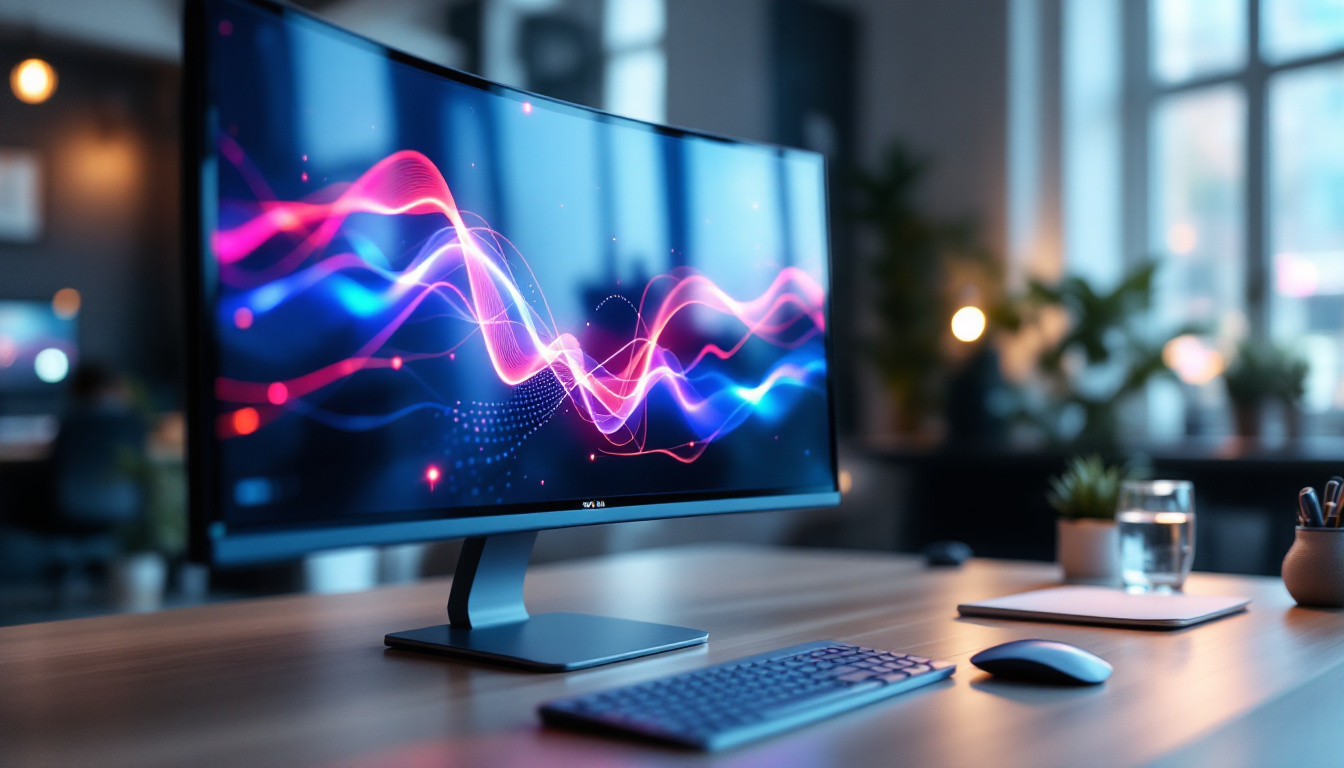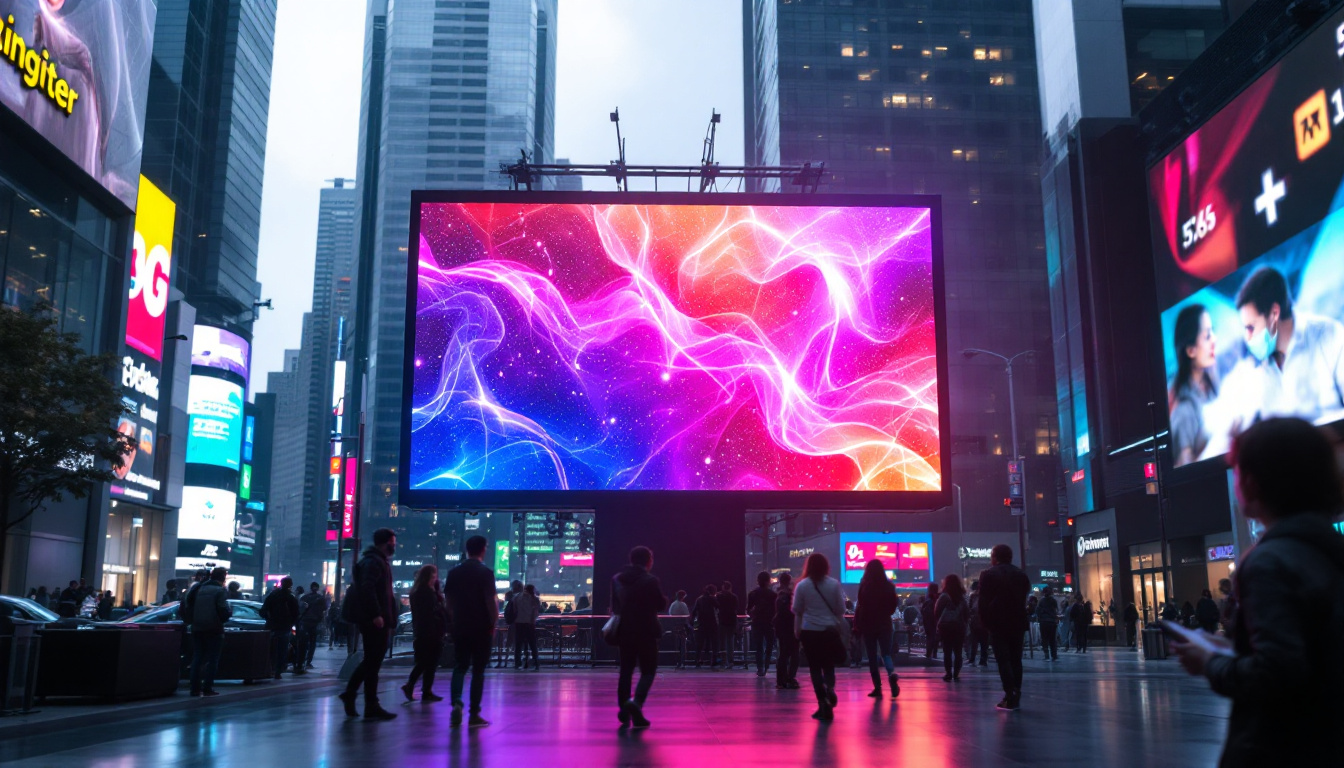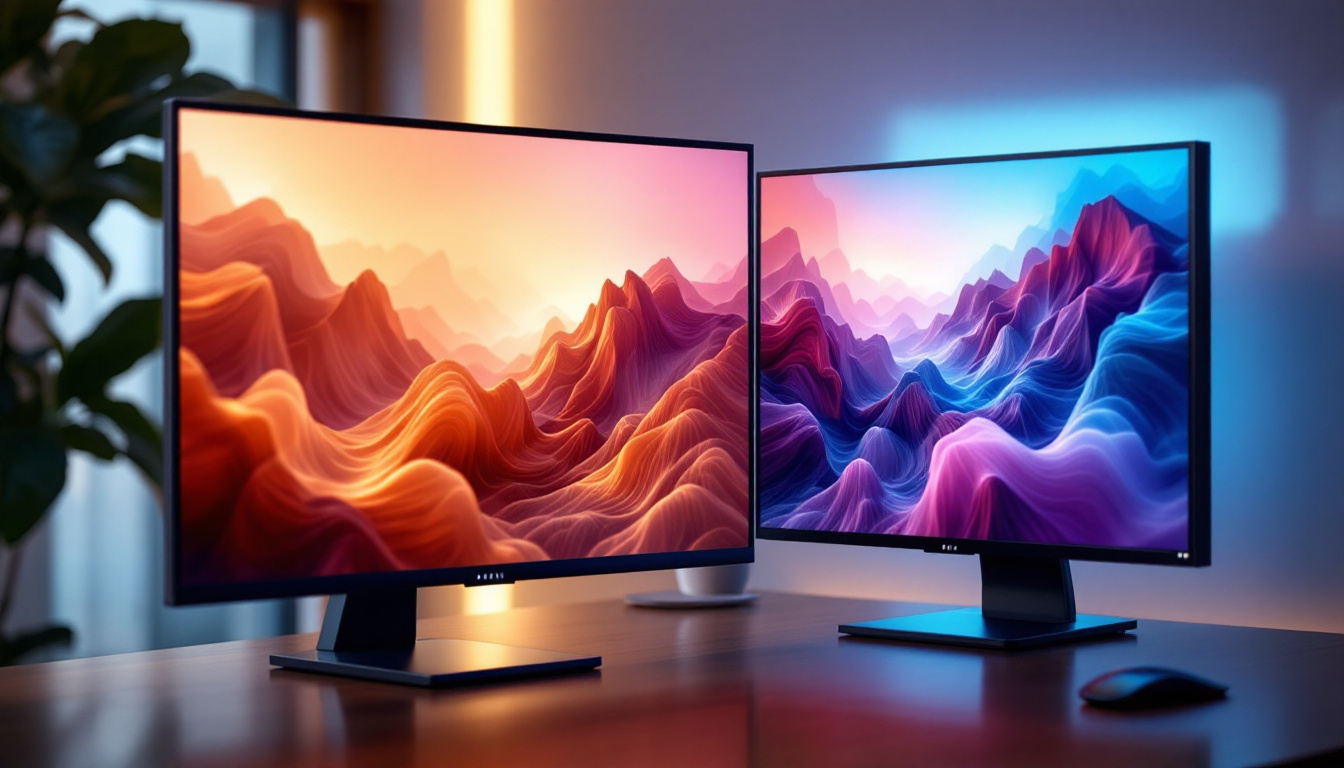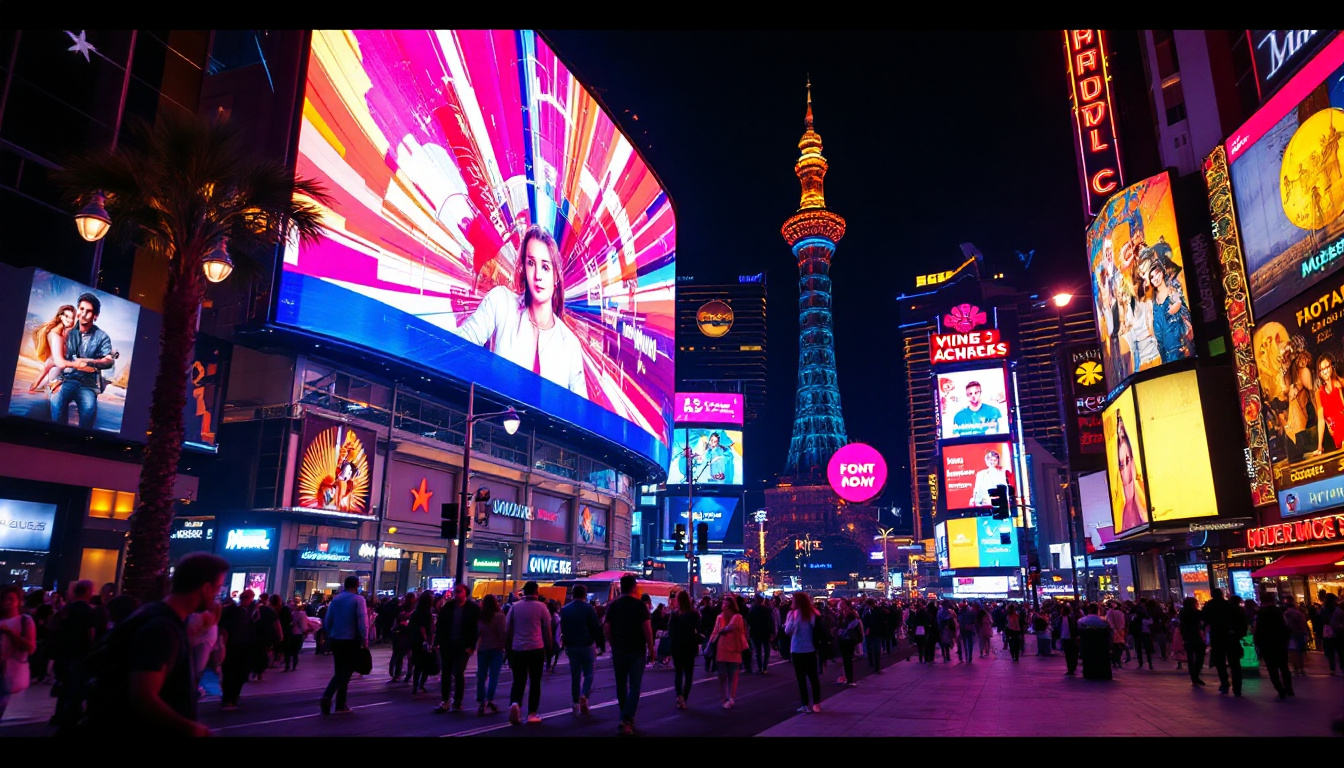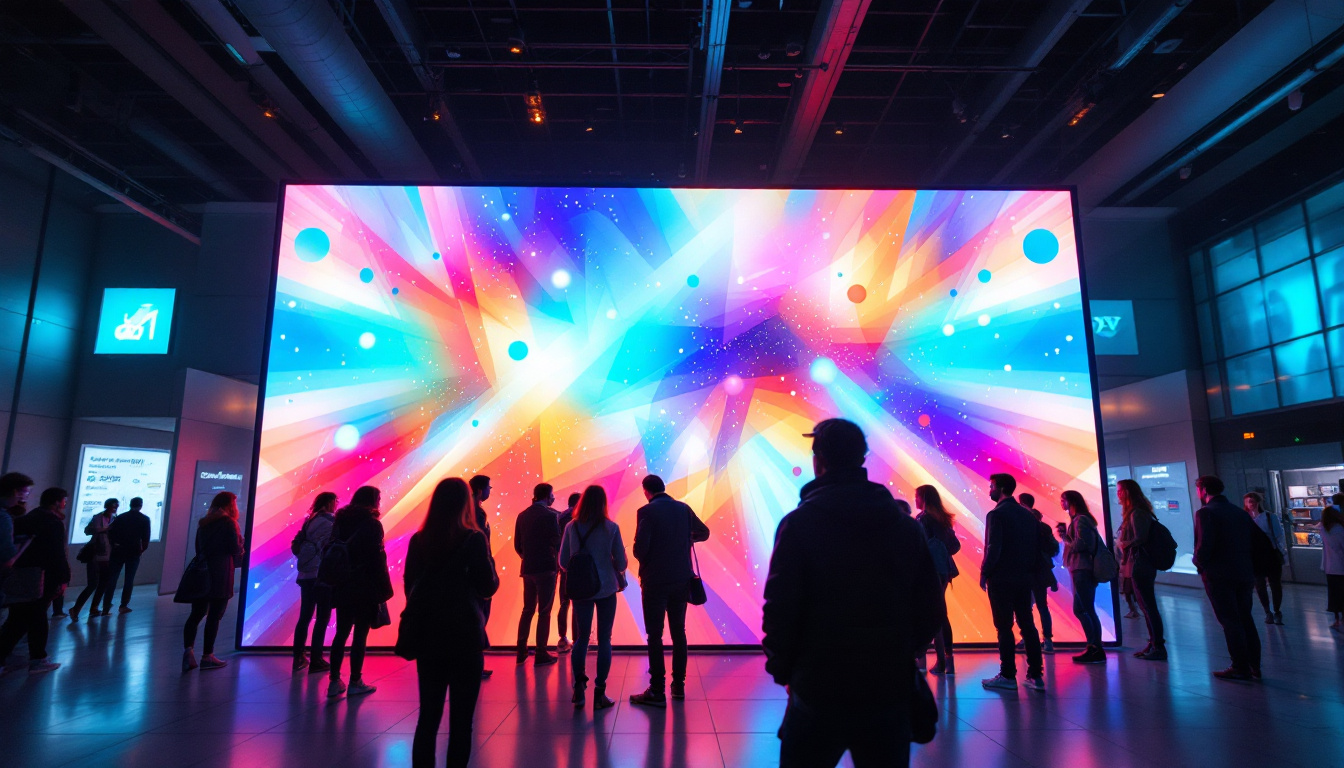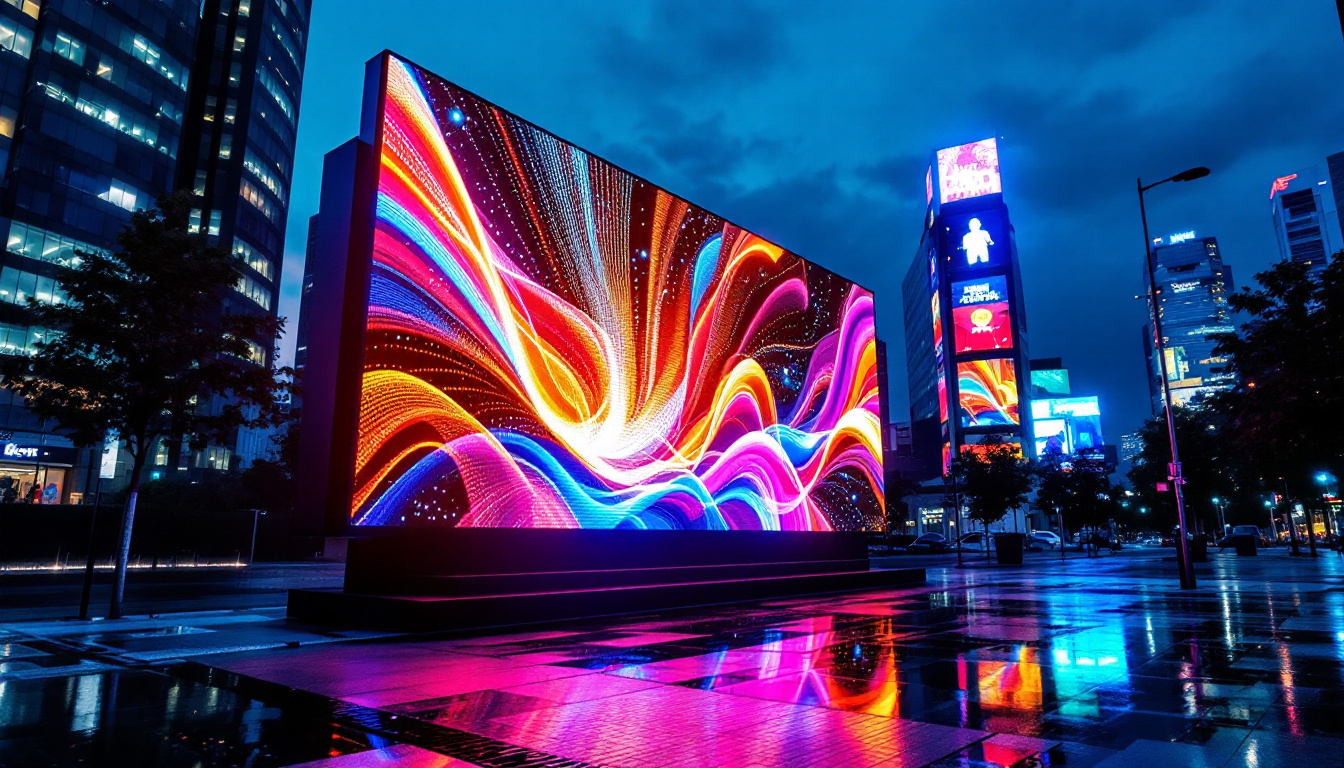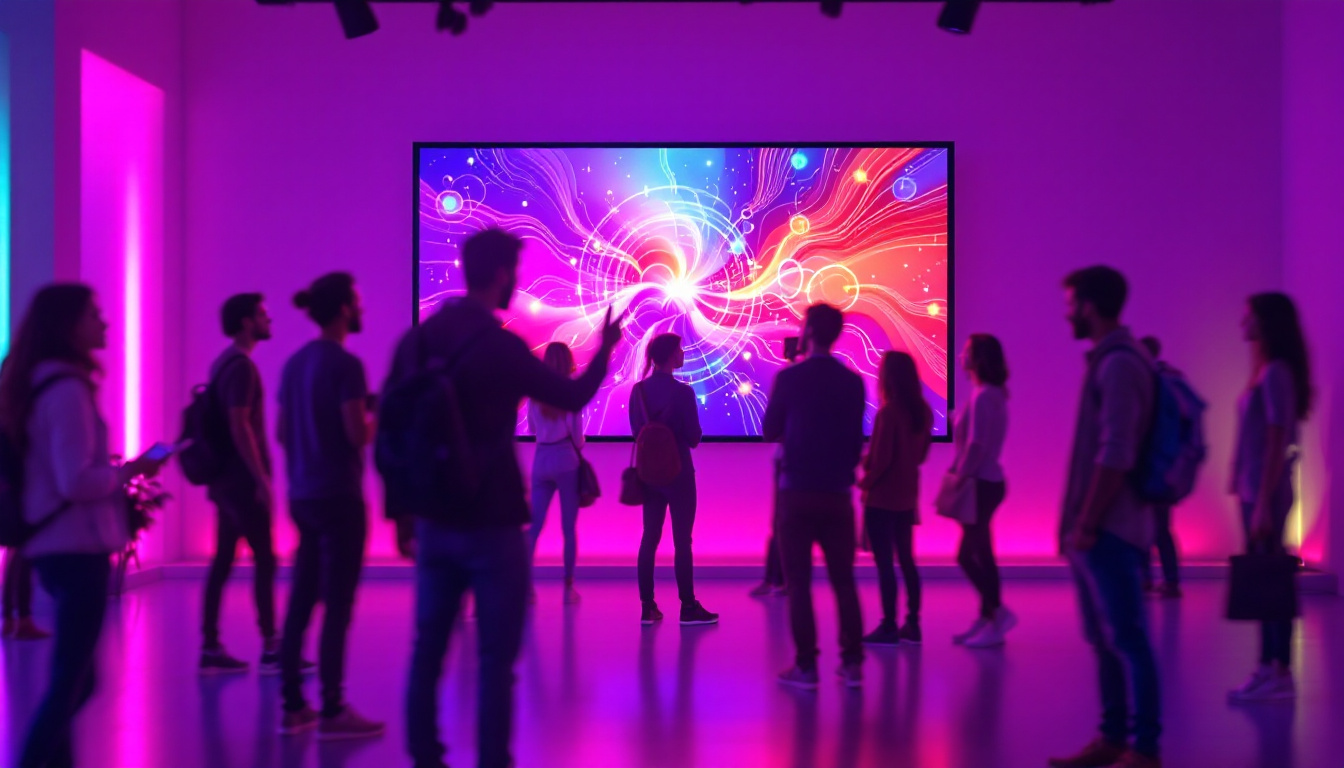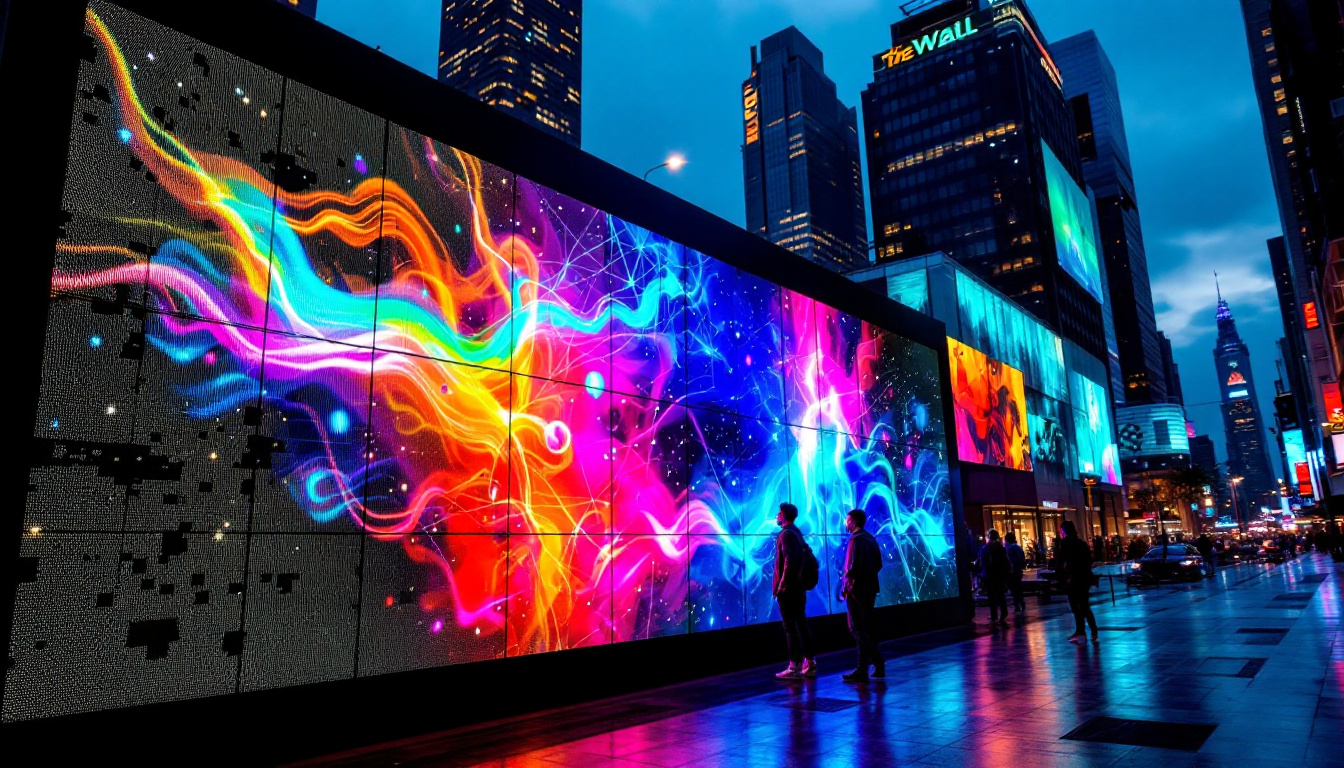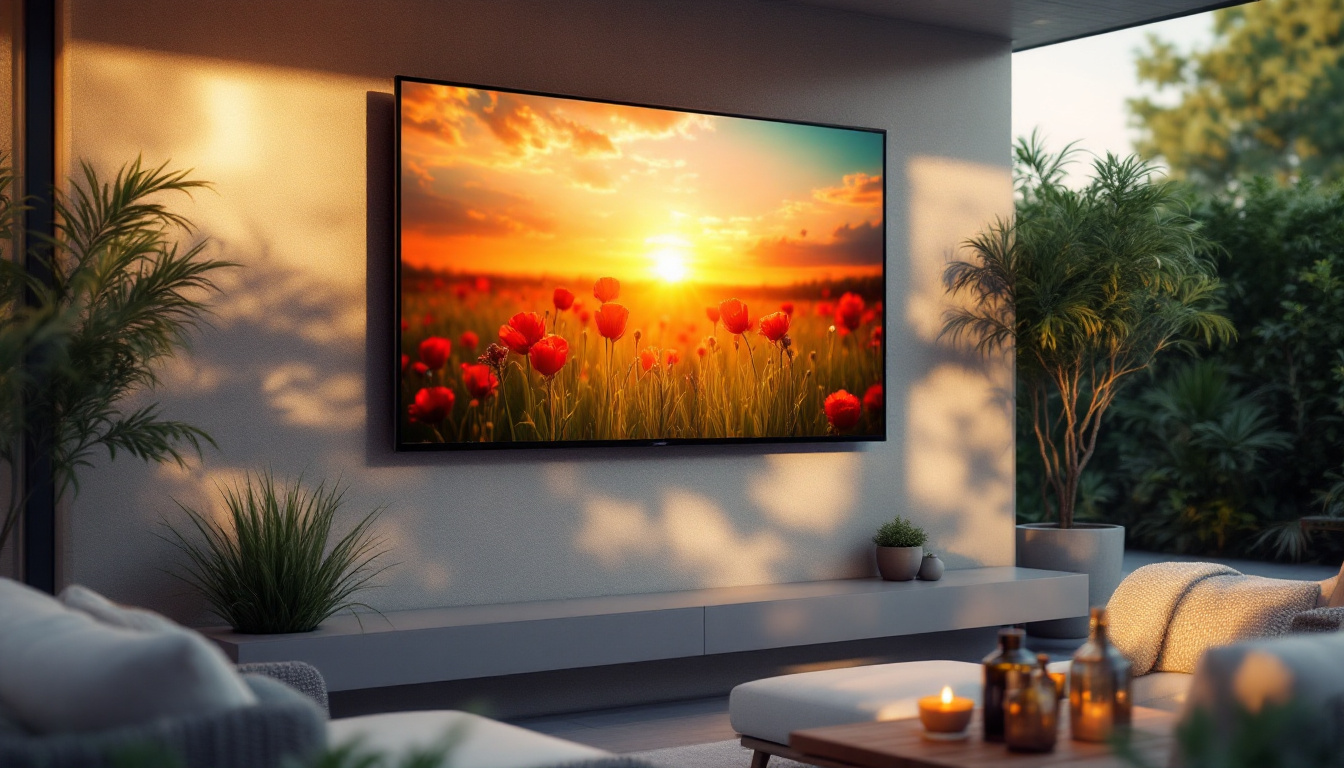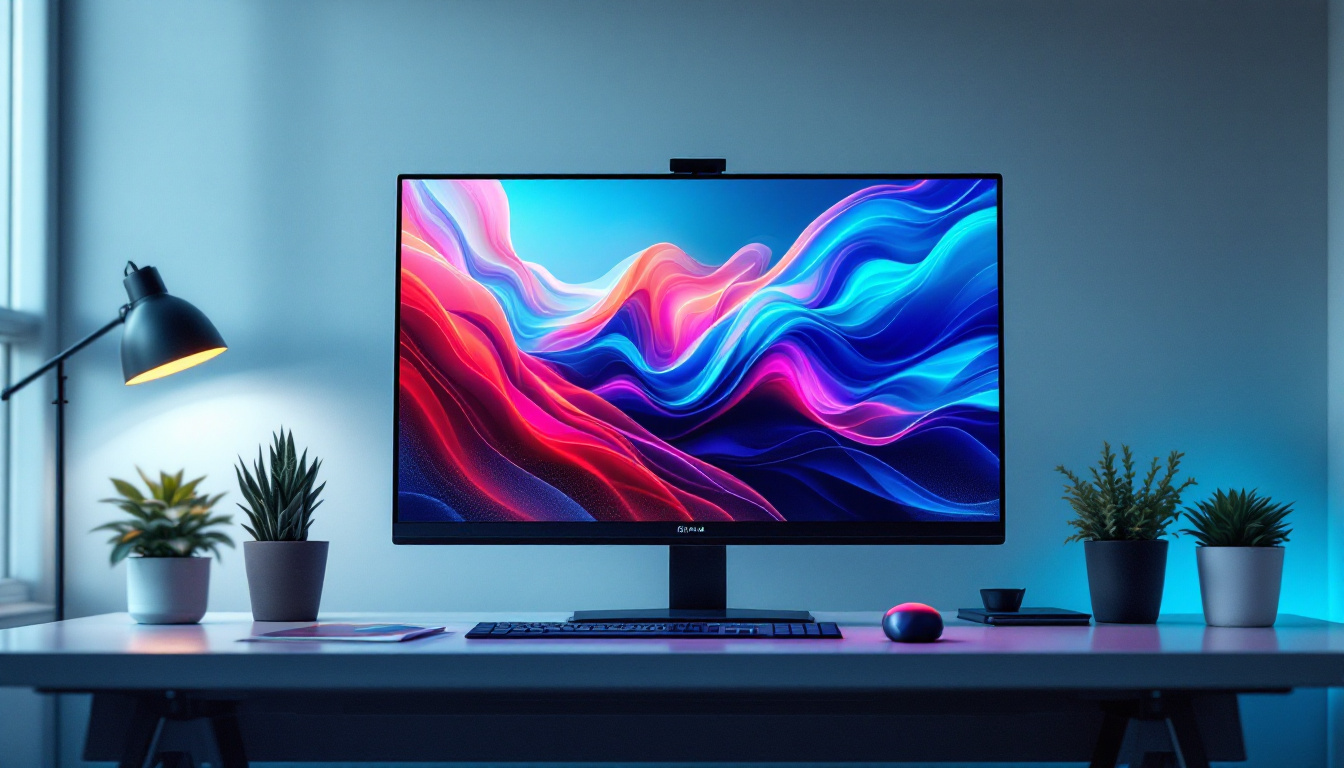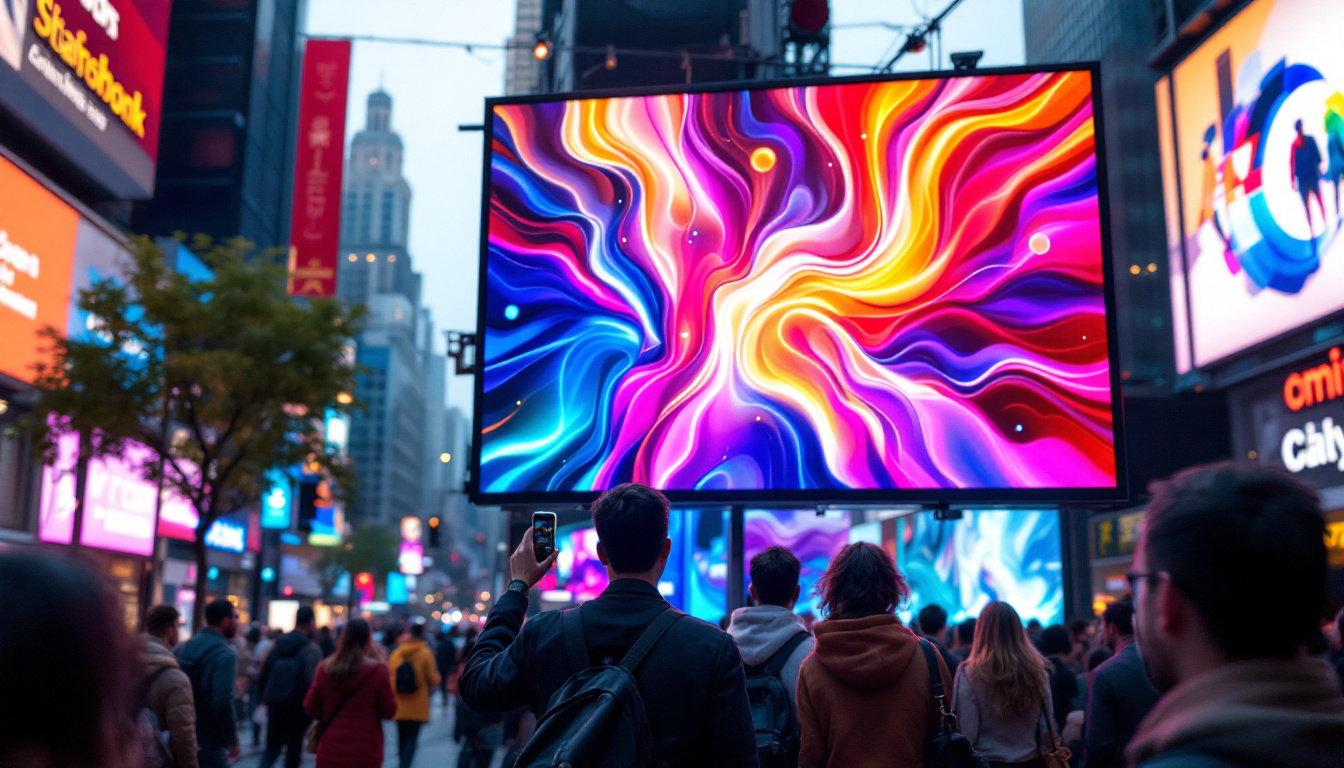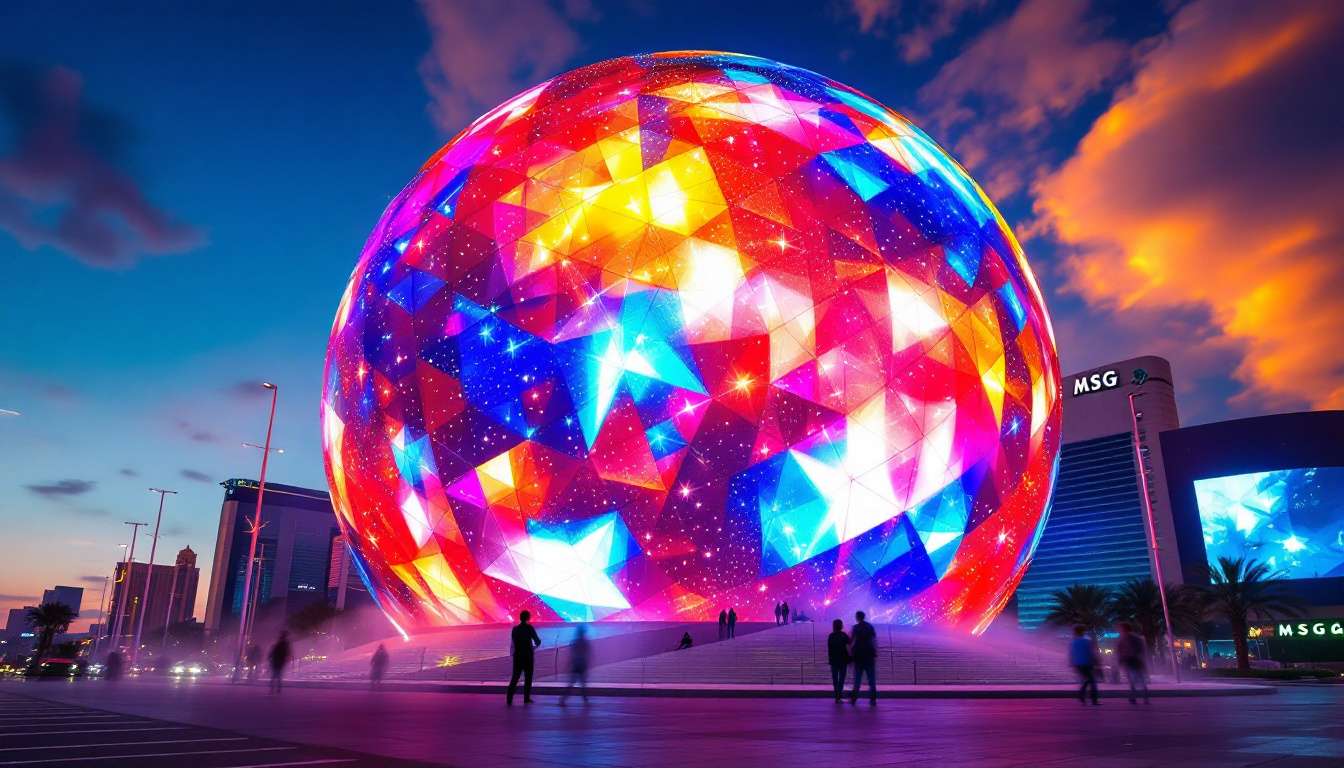The world of LED displays has evolved significantly over the years, and understanding the installation process is crucial for both professionals and enthusiasts alike. This article aims to provide a comprehensive overview of the Screen Tight installation video, which serves as a valuable resource for anyone looking to grasp the nuances of LED display installation.
Understanding LED Displays
LED displays have become a staple in various settings, from advertising billboards to indoor event screens. Their vibrant colors and high brightness levels make them ideal for capturing attention. However, the installation process can be intricate, requiring a clear understanding of the components and techniques involved. The versatility of LED technology has also led to its integration in more creative applications, such as architectural lighting and interactive installations, further expanding the possibilities for designers and advertisers alike.
What is an LED Display?
An LED display is a flat panel display that uses light-emitting diodes (LEDs) to produce images and videos. These displays come in various sizes and resolutions, making them suitable for different applications. The technology behind LED displays allows for high contrast ratios and energy efficiency, which are essential in today’s visual communication landscape. Additionally, advancements in LED technology have led to the development of flexible and transparent displays, opening up new avenues for innovative design and functionality in both commercial and residential spaces.
Types of LED Displays
There are several types of LED displays, each designed for specific uses. Indoor LED displays are typically used in venues like theaters and conference rooms, while outdoor LED displays are built to withstand the elements, making them perfect for billboards and stadiums. Understanding the differences between these types is essential for proper installation. For instance, outdoor displays often feature protective coatings and enhanced brightness to combat sunlight, while indoor displays prioritize resolution and color accuracy to create an immersive viewing experience. Moreover, there are also specialized LED displays such as rental LED screens, which are designed for temporary setups at events and can be easily assembled and disassembled, providing flexibility for event organizers.
Preparation for Installation
Before diving into the installation process, preparation is key. This phase includes gathering the necessary tools, understanding the layout, and ensuring that all components are ready for assembly. Taking the time to prepare not only streamlines the installation but also enhances the overall efficiency of the project, allowing for a smoother workflow once you begin.
Tools Required
Having the right tools at hand can make a significant difference in the installation process. Essential tools often include a power drill, level, screwdriver, and measuring tape. Additionally, safety gear such as gloves and goggles should be worn to ensure a safe working environment. It’s also beneficial to have a utility knife for cutting materials and a stud finder to locate wall studs, which can provide extra support for heavier installations. Organizing your tools in a portable toolbox can save time and minimize frustration when you need to switch between tasks.
Site Assessment
Conducting a thorough site assessment is crucial. This involves measuring the installation area, checking for any obstructions, and ensuring that the power supply is adequate. A well-planned site assessment can prevent complications during installation and ensure that the display operates optimally. During this phase, it’s also wise to consider the environmental factors such as lighting conditions and airflow, which can affect the performance and longevity of the installation. For instance, avoiding direct sunlight on screens can prevent glare and overheating, while ensuring adequate ventilation can help maintain the equipment’s functionality over time. Additionally, documenting the site with photographs can be helpful for reference during installation and future maintenance.
Installation Steps
The installation process for LED displays can be broken down into several key steps. Each step requires attention to detail to ensure a successful setup.
Mounting the Display
Mounting the display is one of the most critical steps in the installation process. Depending on the type of display, this can involve wall mounting or using a freestanding structure. It is vital to ensure that the mounting hardware is securely fastened and that the display is level to avoid any visual distortions. Additionally, it is important to consider the viewing angle and height at which the display will be mounted. For instance, displays in retail environments should be positioned at eye level to maximize visibility and engagement. Furthermore, assessing the surrounding environment for potential obstructions, such as furniture or other installations, can greatly enhance the effectiveness of the display.
Connecting Power and Data Cables
Once the display is mounted, the next step involves connecting the power and data cables. This process requires careful handling to avoid damaging the cables. It is essential to follow the manufacturer’s guidelines for wiring to ensure that the display functions correctly. Proper cable management is also important to maintain a clean and professional appearance. Using cable ties or conduits can help organize the cables, reducing clutter and minimizing the risk of tripping hazards. Additionally, ensuring that the power supply is adequate and meets the display’s requirements is crucial, as inadequate power can lead to performance issues or even damage the display over time.
Testing the Display
After the installation is complete, testing the display is crucial. This involves powering on the display and checking for any issues such as dead pixels or color inconsistencies. Conducting a thorough test ensures that any problems are addressed before the display goes live, preventing potential disruptions during use. It is also advisable to run a series of diagnostic tests that may include checking the brightness levels, contrast ratios, and refresh rates to ensure optimal performance. Engaging with the display’s software can also provide insights into its functionality, allowing for adjustments to be made for specific content types. Additionally, documenting the testing results can serve as a reference for future maintenance and troubleshooting, ensuring that the display remains in peak condition throughout its lifespan.
Common Challenges and Solutions
Even with careful planning and execution, challenges can arise during the installation of LED displays. Understanding these challenges and their solutions can help ensure a smoother installation process.
Alignment Issues
One common challenge is alignment issues, where the display may not be perfectly straight or aligned with other elements. This can often be resolved by using a level during the mounting process and making adjustments as needed before securing the display completely. Additionally, utilizing laser alignment tools can enhance precision, allowing installers to visualize the alignment over longer distances. This not only helps in achieving a visually appealing setup but also ensures that the display functions optimally, as misalignment can sometimes lead to uneven brightness or color discrepancies across the screen.
Power Supply Problems
Another challenge can be related to power supply problems, such as insufficient voltage or incorrect connections. To mitigate this, it is advisable to double-check all connections and ensure that the power supply meets the display’s requirements. Consulting the installation manual can provide additional guidance on troubleshooting these issues. Furthermore, it may be beneficial to conduct a load test before finalizing the installation. This test can reveal any potential power issues that could arise during operation, allowing for adjustments to be made proactively. Employing surge protectors can also safeguard the display against voltage spikes, ensuring longevity and reliability in various environments.
Environmental Factors
Environmental factors can also pose significant challenges during installation. For instance, outdoor installations must contend with weather conditions such as rain, wind, and extreme temperatures, which can affect both the installation process and the performance of the display. To address these concerns, it’s crucial to select displays specifically designed for outdoor use, which often come with enhanced weatherproofing features. Additionally, planning the installation during favorable weather conditions can prevent complications, ensuring that the installation team can work efficiently and safely. Regular maintenance checks after installation can also help in identifying any weather-related wear and tear early on, allowing for timely repairs and adjustments.
Post-Installation Considerations
Once the installation is complete and the display is operational, there are several post-installation considerations to keep in mind. These can enhance the longevity and performance of the LED display.
Regular Maintenance
Regular maintenance is essential for ensuring the longevity of LED displays. This includes cleaning the screen, checking for loose connections, and updating software as necessary. Establishing a maintenance schedule can help prevent issues and keep the display functioning optimally. It’s also advisable to use appropriate cleaning solutions and tools that won’t damage the LED surface. Over time, dust and grime can accumulate, impacting visibility and color quality. Therefore, routine inspections should be part of the maintenance plan, allowing for early detection of wear and tear.
Monitoring Performance
Monitoring the performance of the display is also crucial. This can involve checking for brightness levels, color accuracy, and overall functionality. Utilizing software tools can assist in monitoring performance metrics and identifying any potential issues early on. Additionally, keeping an eye on the ambient light conditions can help in adjusting the display settings for optimal visibility. For instance, during bright daylight, increasing brightness can enhance readability, while in darker environments, reducing brightness can improve viewer comfort. Regularly reviewing performance data can also inform future adjustments and upgrades, ensuring that the display remains at the forefront of technology and user engagement.
Environmental Considerations
Another important factor to consider is the environment in which the LED display is installed. Factors such as temperature, humidity, and exposure to sunlight can significantly impact the performance and lifespan of the display. For instance, extreme temperatures can cause thermal stress, which may lead to malfunction or reduced efficiency. It’s advisable to install the display in a controlled environment whenever possible, or to implement protective measures such as shading or ventilation systems. Furthermore, understanding the local climate can guide decisions on protective casings or weatherproofing, ensuring that the display remains operational regardless of external conditions.
Content Management
Effective content management is also vital for maximizing the impact of the LED display. Regularly updating content not only keeps the audience engaged but also helps in maintaining the relevance of the displayed information. Utilizing a content management system (CMS) can streamline this process, allowing for easy scheduling and customization of content. Additionally, analyzing viewer engagement metrics can provide insights into what types of content resonate most with the audience, enabling more targeted and effective messaging. By keeping content fresh and relevant, the display can serve as a dynamic communication tool that adapts to the needs of its viewers.
Conclusion
The Screen Tight installation video serves as an invaluable resource for understanding the intricacies of LED display installation. By following the outlined steps and being aware of potential challenges, both professionals and DIY enthusiasts can successfully install LED displays in various settings. With proper preparation, execution, and maintenance, LED displays can provide vibrant and engaging visual experiences for years to come.
Whether it’s for advertising, entertainment, or informational purposes, mastering the installation of LED displays opens up a world of possibilities. The advancements in LED technology continue to grow, and staying informed about installation techniques ensures that users can take full advantage of these innovations.
Explore Cutting-Edge LED Display Solutions
Ready to elevate your space with the latest in LED display technology? LumenMatrix is at the forefront of innovation, offering a diverse range of LED display solutions tailored to your unique needs. From captivating Indoor LED Wall Displays to dynamic Outdoor LED Wall Displays, and from versatile Vehicle LED Displays to stunning LED Sports Displays, our products are designed to transform your visual communication. Discover how LumenMatrix can enhance your brand visibility and create immersive experiences that resonate with your audience. Check out LumenMatrix LED Display Solutions today and step into the future of digital signage.

